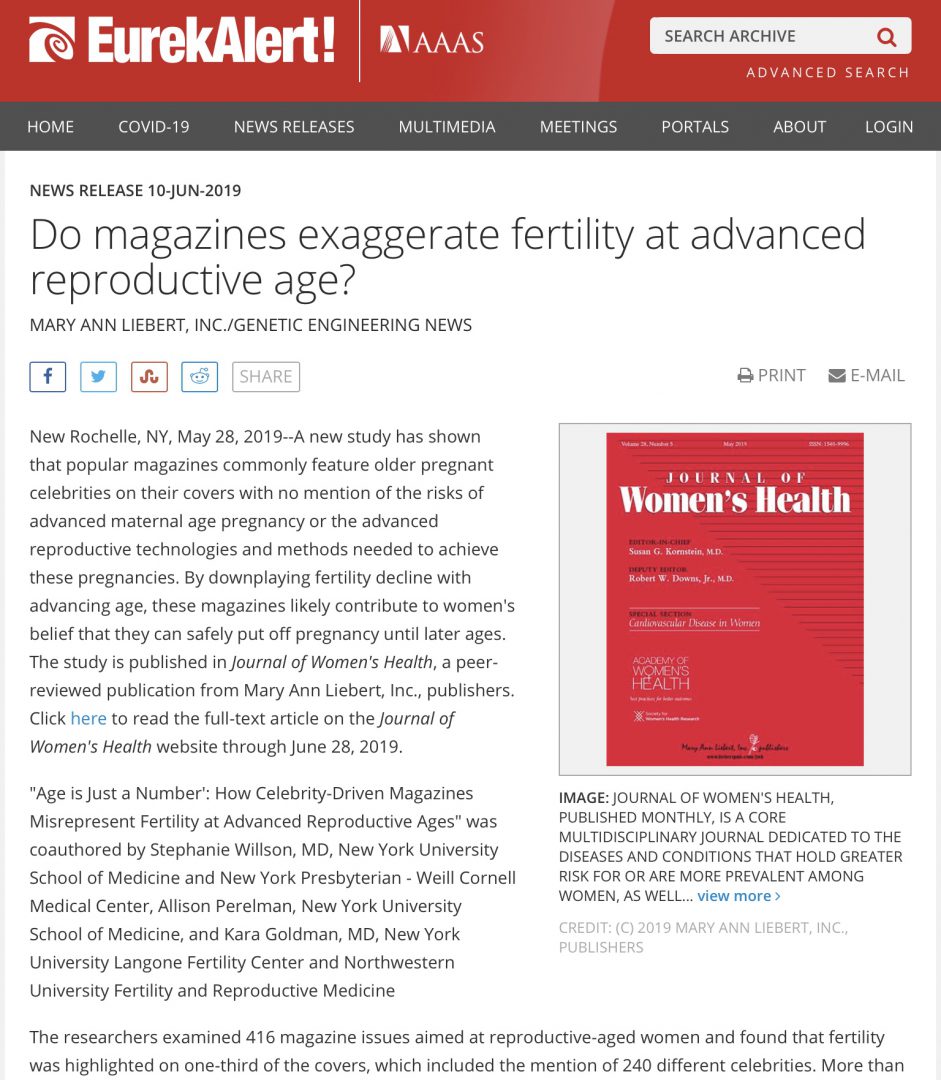
This coupled with the work of Shelley Taylor who argued strongly in her book Positive Illusions (1989) that positive distortions of personal attributes, mastery and assessment of the future are widespread and actually the sign of healthy, well adjusted people, heralded optimism as a desirable and positive trait.Ĭarver and Scheier -Dispositional OptimismĬharles Carver and Michael Scheier coined the term ‘dispositional optimism’ to describe their approach – the global expectation that good things will be plentiful in the future and bad things scarce. The resulting studies showed an almost startlingly positive picture in favour of the benefits of an optimistic outlook, whether this is dispositional (Carver and Scheier) or the way we explain events that happen to us (Seligman and Peterson).

This then allowed researchers to investigate what optimistic people could do and would do. The first wave of research focused on defining optimism and creating measurement tools. This article argues that this is what has happened in the research documenting the effects of optimism. Voltaire 1700s, Porter’s Pollyanna), and in Freud’s psychoanalytical theorising (optimism was illusory denial) than in psychological fact.Īs is often the case in all emerging fields, the pendulum strikes one way, then the other and then settles somewhere in the middle.

Optimism had historically had a view of being associated with simplistic and unrealistic people, perpetuated more in literature (i.e. In order to evaluate whether this research has indeed proven that optimism is such a positive virtue, we need to understand the historical background that gave rise to the first wave of studies into optimism. Research has shown that optimism is correlated with many positive life outcomes including increased life expectancy, general health, better mental health, increased success in sports and work, greater recovery rates from heart operations and better coping strategies when faced with adversity. In his book Optimism: The Biology of Hope, Tiger (1979) argued that it is one of our most defining and adaptive characteristics. Optimism has been highlighted as being an important evolutionary part of survival. Segerstrom (2006) claims some 80% of people are classified as optimistic, and Seligman (1990) claims 60% of people are somewhat optimistic. Psychologists classify the population as largely optimistic by their measurements. Reviewing the field of research on optimism, one is at first struck by the overwhelming number of positive outcomes associated with optimism and then by the widespread propensity that humans have for optimism or for a positive bias in their outlook on life and their self assessment.

There have been more studies on optimism in the last seven years than in the previous twenty. Research in optimism is a burgeoning field.


 0 kommentar(er)
0 kommentar(er)
